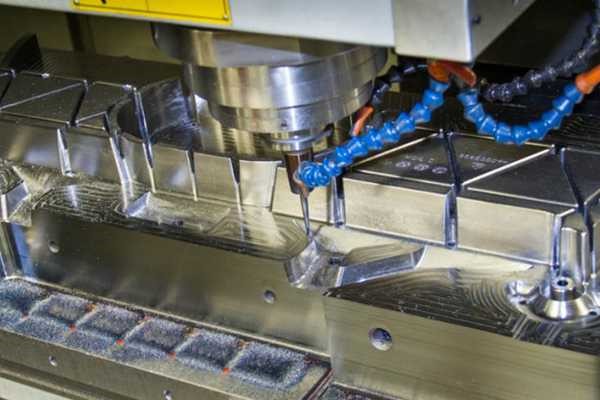Speed, efficiency, and cost-effectiveness are critical in the quick-paced manufacturing industry. Rapid tooling has become a manufacturing process game-changer as companies look for new methods to remain ahead of the competition in China. Rapid tooling refers to a collection of cutting-edge methods that make it possible to quickly and affordably produce prototypes, molds, or tooling for the manufacture of various parts and goods. This blog post will discuss the idea of rapid tooling in China and how it is changing the manufacturing industry.

What is Rapid Tooling?
Rapid tooling, sometimes referred to as prototype tooling or soft tooling, fills the gap between traditional tooling techniques and fast prototyping. In comparison to traditional tooling, it is generally used to make functional prototypes, low-volume production runs, and even some high-volume components in less time and at a lower cost. Before spending money on pricey production tooling, the method enables producers to validate designs, test functioning, and gauge consumer response.
How Rapid Tooling Revolutionizes Manufacturing
Reduced Time-to-Market
Longer product development cycles might result from using traditional tooling techniques, which can be time-consuming. By shortening the lead periods for creating molds and prototypes, rapid tooling speeds up the process. By bringing innovative items to market more quickly, firms gain a competitive advantage.
Cost Savings
The traditional tooling process frequently necessitates significant up-front investments in tooling materials and equipment. Rapid tooling greatly lowers these expenses, making it an economical choice for creating prototypes or smaller batches.
Iterative Design and Testing
Manufacturers may produce working prototypes that closely resemble the finished product thanks to rapid tooling. As a result, there is less chance of design faults and expensive changes during full-scale manufacturing. This enables iterative design improvements and comprehensive testing.
Flexibility and Customization
Rapid tooling allows manufacturers to respond fast to changes in design or consumer demands. Custom tooling inserts allow for simple modification or replacement, giving the production process more flexibility.
Low-Volume Production
Rapid tooling is an effective means of producing low volumes of a product for which there is little market demand without making costly long-term tooling expenditures.
Complex Geometries
Rapid tooling is a method of producing complex structures that would be challenging or impossible to make using traditional procedures. This opens up new design possibilities for cutting-edge products.
Risk Mitigation
Before committing to full-scale production, firms can measure client response by testing the market with working prototypes made using rapid tooling.
Last words
Rapid tooling in China has transformed the manufacturing industry by providing a quicker, more affordable, and more flexible way to produce prototypes and small batches of goods. Its capacity to shorten time to market, offer chances for iterative design, and accept complicated geometries has sped up innovation and efficiency across a range of sectors. The future of manufacturing offers more agility, lower costs, and increased customization, all of which will contribute to a more vibrant and competitive global market as businesses continue to embrace rapid tooling.
















